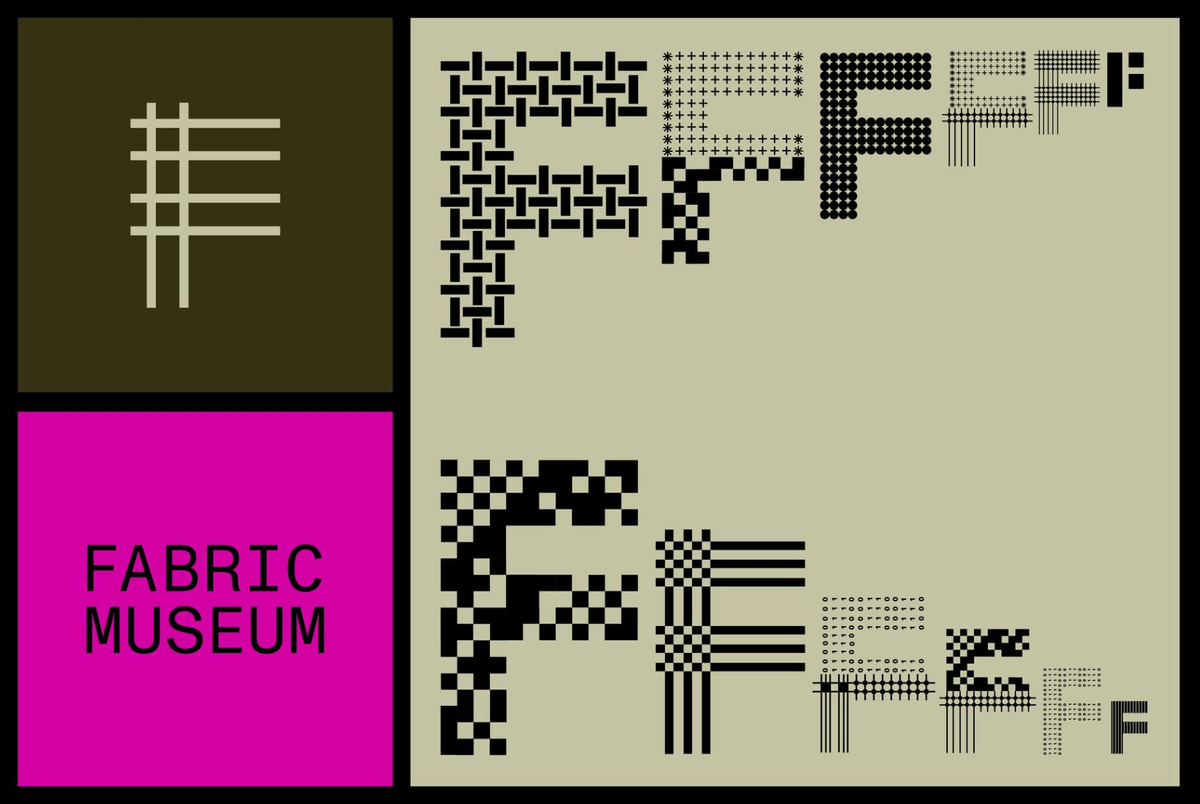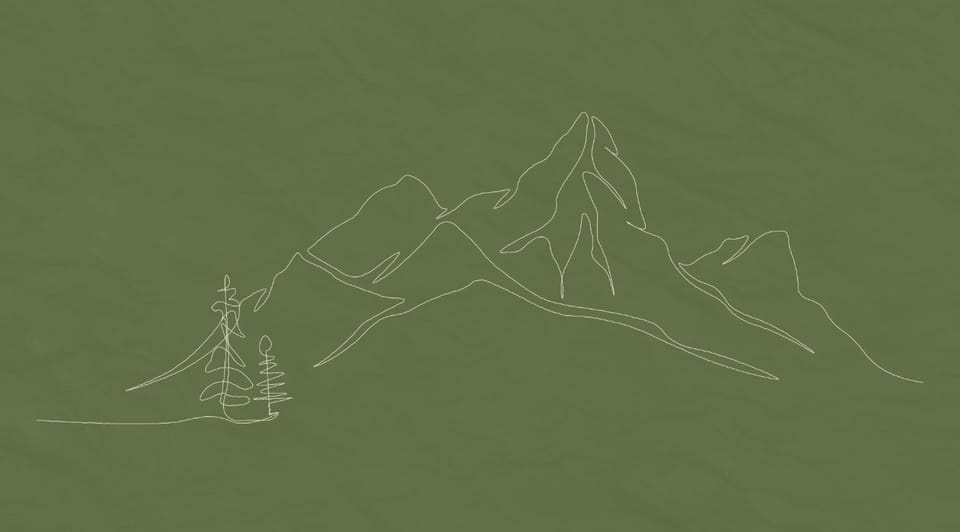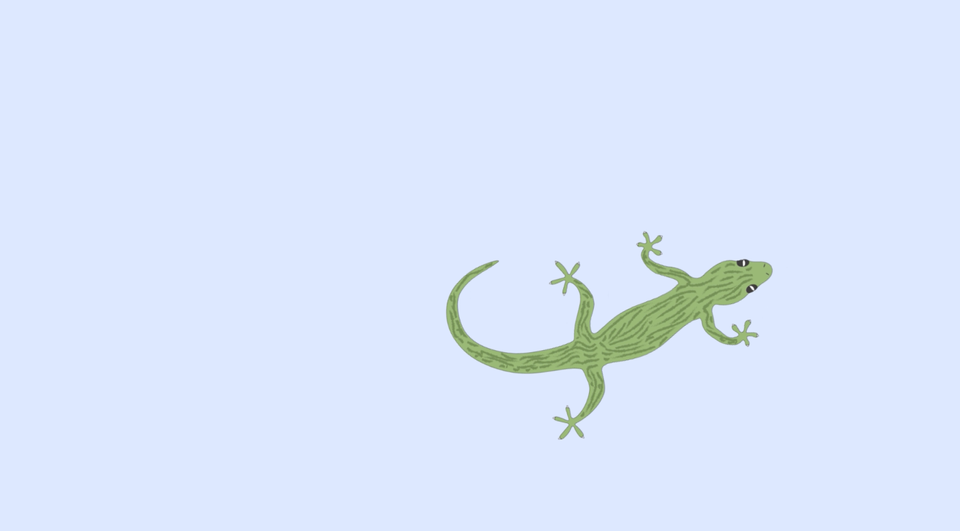key research

This is a collection of artists, designers and other creatives that have found throughout this module that are especially interesting to me. All research featured in this post heavily focuses on the possibilities of new and emerging technologies as a way of design, and my opinions on this. Gathering these names and resources will help inform my future design in terms of technology, expanding my knowledge on skills that are applicable to graphic design and how I could incorporate ideas into my practice.
Jocelyn Zhao, Fabric Museum.
research on: 13th November 2024
F Generator- "A software that lives on the Fabric Museum's website, allows users to generate and output different logo variations." Designed creating code, Fabric Museum is a collection by Jocelyn Zhao, a graphic designer creating many experimental variations of her logo using techniques such as woven, lines, pixels. The explorative nature meant that the logo was adaptable to a variety of contexts, media, and applications providing flexibility in different environments. The poster series involves pattern-making, scale, layering, messaging, and also data visualisation a key concept I have been researching further into within this module. I love the way the work is presented and how it demonstrates the context in which is was made for example, information as punched holes on cards with each character encoded.





Pablo Delcan- AI Prompt Brush.
research on: 21st November 2024
Pablo Delcan has created what he calls a 'non AI generative art model' which is an online service where users can submit text prompts and receive an artwork in return. The website interprets prompts artistically, with Pablo being behind the generation of image output by hand. Prompt Brush originated on Instagram and from this Pablo has created a website for the generator. For me, this project highlights the emerging interest in the takeover and/ or crossover of humans and AI and generative art within industry, where seemingly it is becoming more accepted that Ai tools and softwares can enhance and improve designers as opposed to taking over and throwing people out of a job.



Ting An Ho.
research on: 23rd November 2024
Ting An Ho was shown in my seminar presentation, a Taiwanese designer specialising in animated and interactive typography. I love how these motion graphics are so seamless and elegant, demonstrating language in a visually appealing manner. This interesting visual representation of the Chinese language is demonstrated is such a captivating and engaging way because of the movement involved. I am really keen to try and experiment with interactive/ motion typography as it's something I have always had an interest in however never had the skills or inspiration to try it out. I feel like this module would be the perfect opportunity to explore deeper into this avenue of design.






Soot.
research on: 26th November 2024
SOOT is a really useful tool for enhancing workflows. Rather than sorting design files by names or dates, SOOT arranges them into a visual map organised by colours, textures, and even visual moods. The software helps look for specific photos, illustrations, images and typefaces amongst thousands of files to make it quicker to access things. Traditional systems sort files by names, dates and formats however recent tools are starting to introduce AI visual searches but still present your information in a rigid grid. SOOT identifies specific visual qualities like colour and shape and turns these displays into an interactive map allowing users to browse through images or search for keywords. This is a super interesting software that after exploring their full potential hope to use more in the future to enhance my practice.



GF Smith collaboration with Manchester School of Art.
3rd December 2024

Daniel Savage.
research on: 17th December 2024
This collection of stills and GIF animations are made through a 'drawing machine', a scientific system involving a pen plotter robot creating multi-layered marker drawings that form frames for animations. The pen plotter is used by separating colours into individual layers, which are then translated into grid layouts of patches and lines giving structure to the mark making. Once drawn out Daniel, scans squares and crops the frames creating different components for the animation. My favourite part of this series is the distinct handmade feel that you can extract from the mark making and lines drawn, with the textures and patterns of visibly made in an analogue manner which is then combined with technological methods to achieve a really interesting experimental collection.








